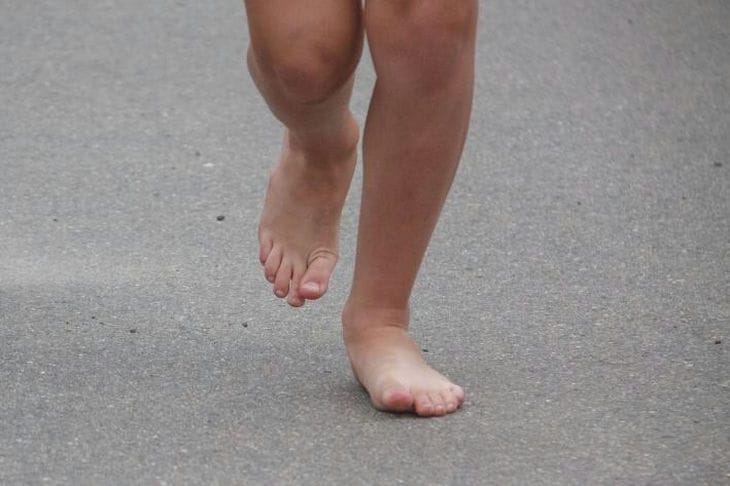How to Treat Abrasions in Children: Eliminating the Consequences of “Asphalt Disease” Without Tears
In the summer, children often receive injuries in the form of abrasions and scratches: gardening, active games and outdoor sports, which are traditional for this time of year, can lead to scraped knees.
That's why we decided to tell you how you can speed up the skin restoration process and make it less painful.
Is it possible to leave scratches and abrasions untreated?
Even a slight injury to the skin can develop into a serious inflammation, so you can’t turn a blind eye to the injury.
Wash your hands and rinse the wound, removing dirt. Use an alcohol-free antiseptic (chlorhexidine, hydrogen peroxide) or boiled water.
Treat the wound with a preparation that has a drying, antibacterial and healing effect.

How to treat abrasions and scratches
Traditionally, brilliant green is used to heal such injuries, but there are other effective drugs.
Iodine
If you don't have any brilliant green on hand, you can use iodine. Remember: it cannot be applied to an open wound - for disinfection purposes, you can apply iodine to the edges of the injured area.
Antibacterial powder
"Baneocin" and other antibacterial drugs in powder form do not sting and can be applied to an open wound.
Healing ointment
For fresh wounds or those that do not heal for a long time, it is recommended to use ointments with a regenerating and antimicrobial effect, such as Levomekol, Bepanthen Plus, etc. For dried wounds, ointments that form a protective film (Solcoseryl ointment), etc. are suitable.
Earlier we told you which 4 activities will help a child grow up to be a harmoniously developed individual.
